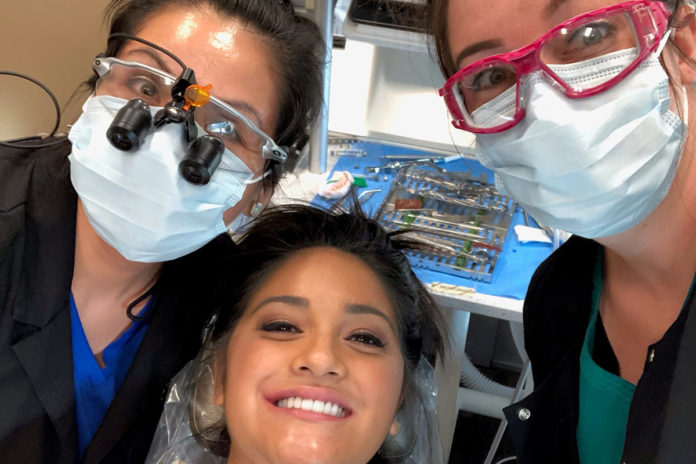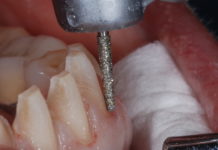
With the current economic and health conditions, dentists may be busy with onesie-twosie cases and might be tempted to shy away from comprehensive care that involves large-treatment recommendations. However, now is the best time to diagnose comprehensive dentistry and include large-case treatments when needed. Here’s why:
Comprehensive Dental Care Brings or Returns the Patient to Optimal Dental Health
It’s important for patients to understand the complete picture of their oral health, including what treatments are required now and what may be necessary in the future—even when that includes big treatment plans. With a comprehensive plan, there are no surprises.
Most patients don’t like being told they need something done every time they visit the dentist. A comprehensive treatment plan gives patients the big picture in terms of what is needed for optimal oral health. Once patients have that perspective, the dentistry needed becomes a goal-oriented discussion based on value, rather than on a price per crown.
Additionally, a comprehensive treatment plan includes as few appointments as possible and is cost-effective for doctors and patients.
Don’t Assume that Your Patients Can’t Afford It
Instead of making assumptions, offer optimal treatment plans to all patients—plans that include the best materials. By starting with what is optimal, dentists and patients can arrive at a solution that’s best for them.
This strategy helps patients understand dentistry from a perspective of possibilities, instead of just cost. Many patients are unaware of what is possible and how it can affect the quality of their lives. If dentists recommend comprehensive treatment with high-quality materials, patients will be better positioned to see the total value of the proposition.
Every Patient Deserves the Best
Every patient deserves to learn what’s possible—even emergency patients. It’s important to treat every emergency, but it’s also important to look beyond the immediate problems and plan to address the underlying issues that likely contributed to the emergency. Treating underlying issues helps patients have potentially fewer dental problems in the near future. At the Dr. Dick Barnes Group, we recommend getting emergency patients out of pain, and then asking the patient to return for a thorough exam to ensure nothing is missed.
Diagnosing and treating comprehensively is also a good strategy to minimize your personal protective equipment (PPE)-expense to patient-revenue ratio. Larger cases that include multiple units and focus on generating the best outcomes for patients can offset increasing PPE costs than procedures in which the bare minimum is being done. An approach of simply treating symptoms one by one results in more visits that consume more PPE, with little to offset that cost to the practice.
Arrowhead Dental Lab Can Help
If the prospect of taking on large cases right now is overwhelming, seek out a good lab partner that has the resources and expertise to help. At Arrowhead Dental Lab, we have a dedicated technical support team whose sole purpose is to help dentists take on even the most challenging cases with ease.
Also, consider using tools such as a White Wax-Up or Snowcaps™ to help the patient visualize a new smile while making the entire process simpler and more predictable. A good lab partner is key in taking the step to more complex and profitable cases.
If a patient can’t commit to a large treatment immediately, discussing the patient’s comprehensive needs will plant a seed for the future, so they can prepare for it when their circumstances change. (For tips on how to present and practice comprehensive dentistry, see Dr. Jim Downs’ article, “Who’s the Doctor, Doctor?”)
Never Give Up on the Best Treatment
If financial circumstances don’t allow the patient to get all the work done at once, segment out the case over time. It’s still a way to achieve the best results. Dr. Jim Downs explains why comprehensive treatment is important when he said, “Comprehensive dentistry is using the best instruments at our disposal, understanding the best modalities of treatment available, being a leader of the team, and learning to communicate the best treatment effectively to patients. It is simply quality care for all patients, and it helps them keep their oral health in great condition throughout their lifetime.”









